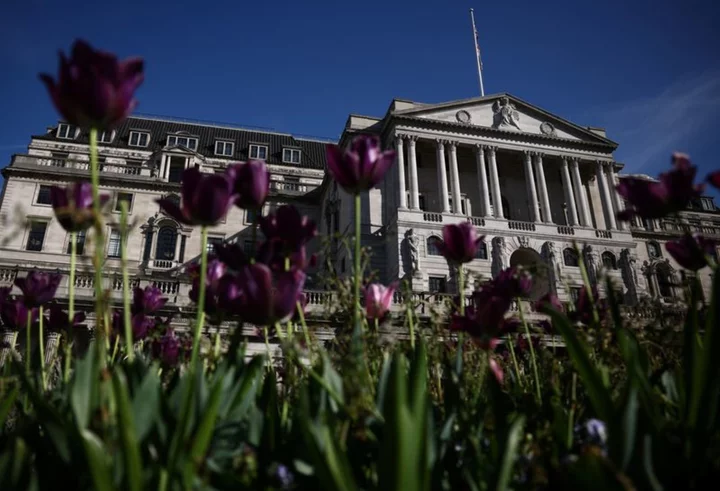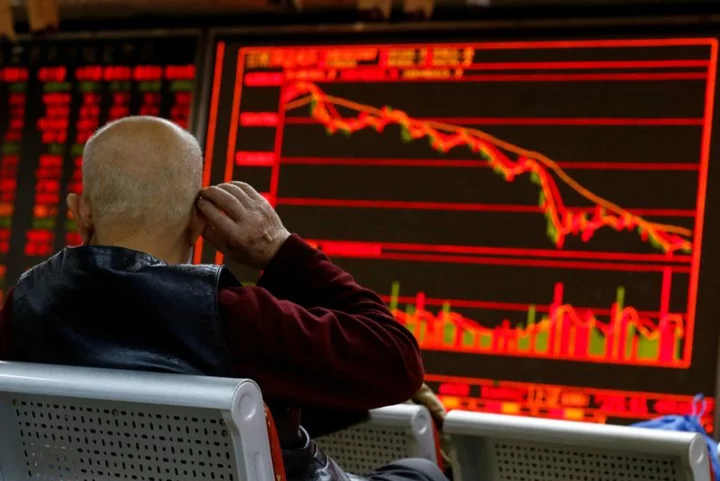The Dow fell more than 400 points Tuesday morning, turning negative for the year, as US Treasury yields surged to their highest levels in over a decade.
The Dow fell 427 points, or 1.3%. The benchmark S&P 500 declined 1.5% and the Nasdaq Composite lost 1.8%, extending the late summer selloff in stocks.
Stocks have marched higher for most of this year, as artificial intelligence excitement took hold on Wall Street and powered tech stocks to stratospheric heights.
But that rally petered out in August, as strong economic data had investors worried that a resilient economy and piping hot labor market would lead the Federal Reserve to hold interest rates higher for longer to tamp down inflation.
The Fed signaled last month that it could introduce one more hike this year and keep rates elevated through next year. Treasury yields have spiked and the US dollar has surged in the weeks since, continuing to chip away at the stock market's gains from the spring. Stocks tend to suffer when government bond yields are elevated, since it means investors can get high returns on less risky assets.
Yields continued to rise on Tuesday, with their climb accelerating after fresh data from the Bureau of Labor Statistics showed that the number of US job openings unexpectedly soared to an estimated 9.61 million open jobs in August. That's up from July's upwardly revised estimate of 8.92 million openings and above the consensus 8.8 million estimate among economists.
The yield on the 10-year Treasury note on Tuesday climbed to 4.75%, its highest level since August 2007. The 2-year rose to 5.13%, around its highest level since July 2006.
CNN's Fear & Greed Index fell to an "Extreme Fear" reading of 17, its lowest level since last October.
Later this week, the Bureau of Labor Statistics also releases August employment figures.
"Unless the [jobs] report comes in lower than expected, Wall Street will likely start to fully price in at least one more Fed rate hike before the end of the year," said Ed Moya, senior market analyst at OANDA.
West Texas Intermediate crude futures, the US benchmark for oil, fell below $90 on Tuesday, cooling off from their climb in recent months as a series of output cuts announced by OPEC+ started to take hold on oil prices.









